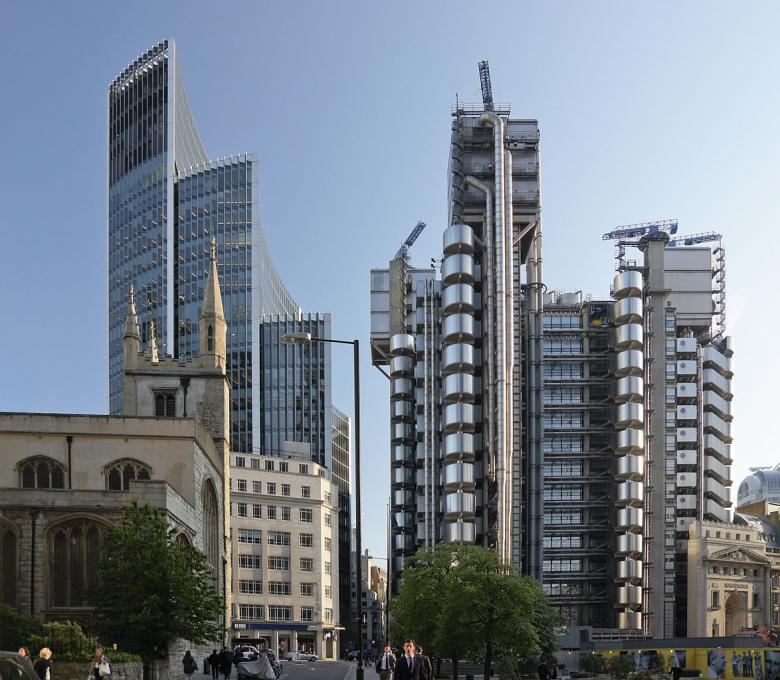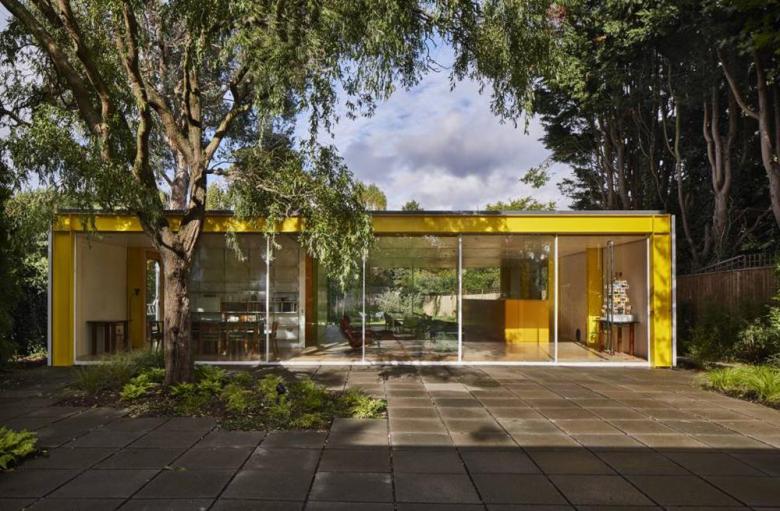Richard Rogers Steps Down from RSHP
The 87-year-old architect known for the Pompidou Center, Lloyd's of London, and other high-tech buildings is retiring from the London practice — now Rogers Stirk Harbour + Partners — that he founded more than 40 years ago.
The news of Rogers' departure from RSHP, the firm he founded in 1977 as Richard Rogers Partnership, was first announced by Building Design, which reported that the decision was "revealed in termination documents lodged at Companies House on Friday," August 28. As part of the comprehensive succession planning strategy in place since 2007, when Rogers partnered with Graham Stirk and Ivan Harbour, Rogers' name will be dropped from the firm within the next two years. It's not clear, per BD, what the firm's name will change to; with nine more partners, the name of the firm could easily grow.
RSHP has a unique structure in the world of architecture, stemming in part from Rogers' strong social beliefs. Per the practice's website, upon the formation of RSHP, "the beneficial ownership of the group was given to a charity company which is now called the Rogers Stirk Harbour + Partners Charitable Foundation." In turn, 20% of the firm's profits are given to charity, with more than £3 million donated in the last six years. Furthermore, the firm bases the salaries of the highest-paid partners on those of the lowest-paid employees, with Rogers indicating the former set at around eight or nine times the latter.
Before Rogers established his namesake partnership in 1977, he partnered with Renzo Piano and won the competition for the Pompidou Center in Paris. With service ducts and other "guts" of the building expressed colorfully on the facade — enabling wide open, flexible spaces inside for various cultural uses — the building basically launched the high-tech movement in architecture, which was rooted in the UK with Rogers, Norman Foster, Nicholas Grimshaw, Michael Hopkins, and other architects embracing the overt display of structure and assembly. Rogers' building for Lloyd's of London, completed in 1986, is certainly the most well-known high-tech building after the Pompidou; a melange of stainless steel ducts, lifts, and stairs on the outside, the building has a soaring atrium at its center.
Other notable buildings are too numerous to list, as are the accolades that the Pritzker Prize-winning architect has gained over his many decades of practice; such lists would make news of Rogers' retirement read like an obituary. Suffice it to say here that Rogers, on top of his building designs, has not shied away from being involved in politics nor countering "the age of greed" through his actions, be it in the way he ran his firm, in the books he's written, or in the battles he's waged. Hopefully retirement will not keep Rogers quiet on the issues he's tackled in his life.


